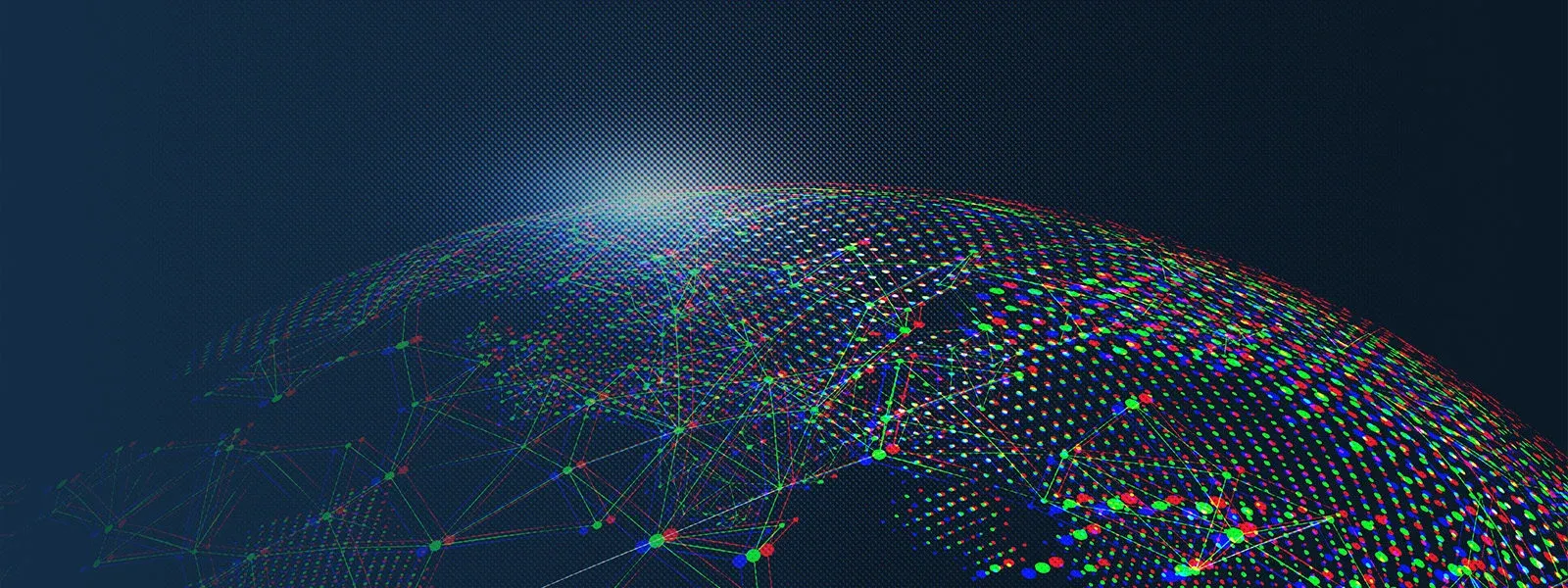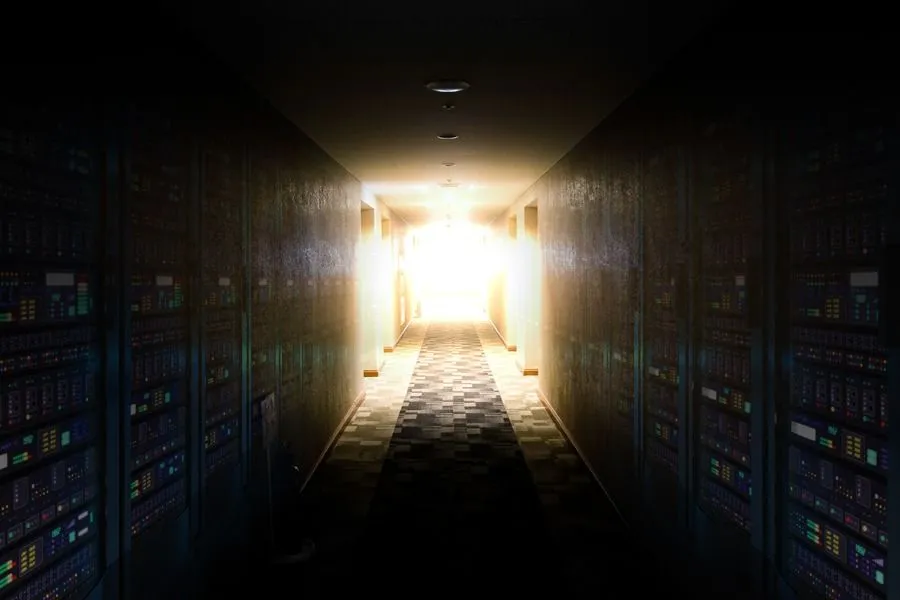Dark Web Explained: Shining a Light on Dark Web Activity
The dark web is a subset of the World Wide Web accessible by means of special software, allowing users and website operators to remain anonymous or untraceable. Websites on the dark web operate in their own unique environment, separated from surface sites such as Amazon, eBay, or the Wall Street Journal.
Although strongly discouraged, it is possible to visit dark web sites that sell a wide range of products and offer services with any popular browser. Just navigate to www.tor2web.org and check out sites like the Dark Wiki or one of another 30,000 websites. Many of these offer access to contraband, controlled substances, forged passports, counterfeit currency, and information that is available on the surface web.
How to Access the Dark Web
The research team behind the “Dark Web Notebook: Investigative Tools and Tactics for Law Enforcement, Security, and Intelligence Organizations” recommends that dark web access be gated through the Tor software bundle.
This collection of a web browser and privacy-focused add-ons flips on the dark web’s overhead lights. You can download the Tor bundle at www.torproject.org/download/download.html.
Keep in mind that law enforcement and intelligence authorities may monitor Tor downloads, and in some countries, downloading Tor is a signal of possible wrongdoing.
The dark web operates without many controls. Average shoppers can place an order after supplying only minimal information. Some vendors, however, require a referral or positive ratings from other vendors.
Several important features of the dark web are:
- The Tor software is a bundle of tools that help limit a website’s interactions with the user’s system — including a version of the Firefox browser, encryption features, components to route traffic through multiple Tor relay servers (which makes tracking user behavior more difficult), and utilities like NoScript. “Dark Web Notebook” recommends what it calls “the full Snowden,” which is the use of the TAILS operating system and other tools such as the Tor Browser.
- For now, the dark web is a digital location where secrecy is enforced through encryption, reputation, and systems designed to prevent law enforcement, security, and intelligence personnel from eavesdropping on communications or having direct access to network traffic among Tor users, servers, and websites.
Two points about the dark web to note:
- First, encryption and routing across Tor relays can make dark web access sluggish. Impatience can lead to errors, and those mistakes can compromise the security of the session.
- Second, some dark web sites are operated by law enforcement and intelligence entities. The idea is to obtain the identity of the site visitors and take appropriate legal action. The FBI operated a child pornography website for a period of time. The data collected allowed authorities to make hundreds of arrests worldwide.
3 Little-Known Facts
During the course of research for the notebook, the study team uncovered a number of little-known facts about the dark web.
The dark web is going to become more important. As companies like Facebook and Google filter for hate speech, those who want to disseminate this type of information will look for alternative outlets. Countries are also stepping up their censorship efforts. China’s aggressive program will attempt to monitor comprehensively real-time content streams. The dark web offers social media, video, and communication tools comparable to those in use by people who routinely access the surface web. The dark web attracts about two million users per month, but the censorship squeezing of the surface web will force those looking for terrorism-related information, contraband, and more secure ways to exchange content to migrate to the dark web.
Dealing with the security and obfuscated packets requires specialized tools. The “Dark Web Notebook” provides a discussion of free and open source tools. A special feature of the book is a listing of the Defense Advanced Research Projects Agency’s open source MEMEX program software. The book also profiles a number of companies offering specialized indexing and analytic services for dark web content. Among the companies highlighted are IBM and its Analyst Notebook tool,* Palantir Technologies and its Gotham system, and Recorded Future’s threat intelligence product.
Analysts — whether in government or commercial enterprises — will have to become familiar with the dark web. It is critical to understand the type and degree of security threat posed by sites which sell Uber accounts, valid credit cards and PayPal accounts, and confidential company information, as well as the readily available exploits, malware, and hacks offered on dark web forums. Because more aggressive censorship of the surface web is now taking place, understanding the dark web’s positive and negative aspects will fill in a knowledge gap for those unfamiliar.
Learn More
To discover more insights into the dark web, the table of contents for the “Dark Web Notebook” is available at www.xenky.com/darkwebnotebook.
* Disclosure: The author of the “Dark Web Notebook” was an adviser to i2 Group Ltd., the developer of the Analyst’s Notebook system. The book provides a list of more than 18 other companies with dark web capabilities for business, financial, and government applications. Many of these firms are not “household names.”
Related News & Research



